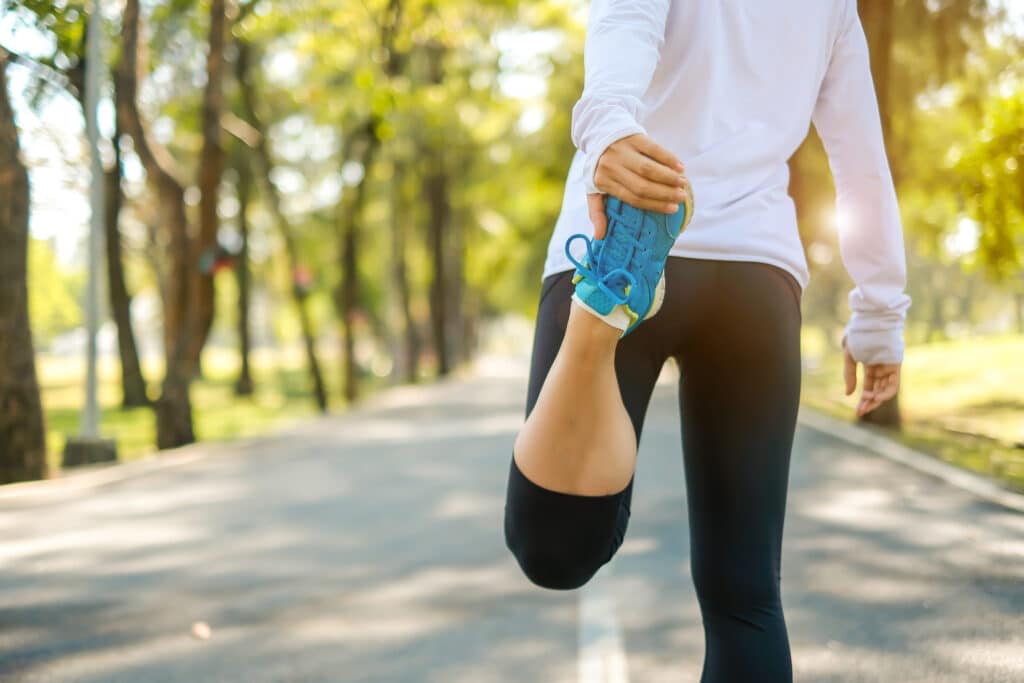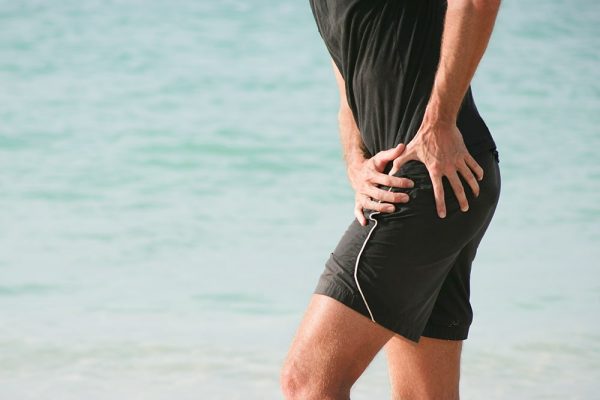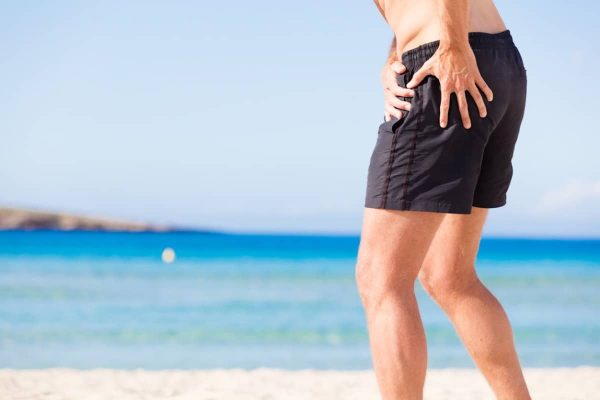
If you are looking for ways to minimize pain and discomfort caused by greater trochanteric pain syndrome (GTPS), you have come to the right place. GTPS is a common condition that affects the outer part of the hip, causing a sharp, burning pain that can be intense enough to interfere with daily activities. In this post, we’ll talk about some of the best treatments for GTPS, and how they can help you manage pain and improve function.
Consult a chiropractic doctor
Chiropractic care can help with greater trochanteric pain syndrome by releasing tension in the muscles and joints that are affected by the condition. A chiropractic doctor will perform a thorough physical examination to determine where your pain is originating from and create a personalized treatment plan tailored to your unique needs. This can include manual adjustments to realign the hip joint, soft tissue massage, and corrective exercises to improve mobility and reduce pain.
Go for physiotherapy
A physiotherapist will diagnose the cause of your GTPS and create a treatment plan to manage pain and improve mobility. Physiotherapy may include exercises to strengthen and stretch the muscles in the hip area, trigger point therapy to release muscle tension, and joint mobilization to help restore joint function.
Acupuncture
Acupuncture is an alternative treatment that can help manage GTPS. This technique involves inserting thin needles into specific points in the body to stimulate the release of natural pain relievers and promote healing. Acupuncture can effectively reduce pain, inflammation, and muscle tension associated with GTPS.
Use heat and cold
Applying heat or cold to the affected area can help reduce pain and inflammation caused by GTPS. A heat pack or warm towel can help loosen tight muscles and improve blood flow, while a cold pack can help numb the area and reduce swelling. You can alternate heat and cold for 20 minutes at a time, several times a day, to find relief.
Make lifestyle changes
Certain lifestyle changes can help quickly treat GTPS and prevent it from worsening. These include maintaining a healthy weight to reduce pressure on the hip joint, engaging in low-impact exercises such as cycling or swimming to reduce stress on the hip joint, and wearing supportive shoes with good arch support to improve posture and alignment.
Greater trochanteric pain syndrome can be debilitating, but it is possible to find relief with the right treatment plan. Consulting a chiropractic doctor or physiotherapist, using acupuncture, applying heat or cold therapy, and making lifestyle changes can all contribute to reducing pain and improving hip function. Be sure to consult with a healthcare professional to determine the best course of action for your individual needs.




